Click on images to enlarge
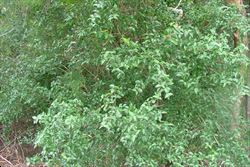
infestation (Photo: Sheldon Navie)
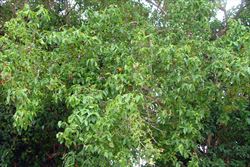
habit (Photo: Sheldon Navie)

paired glossy leaves (Photo: Sheldon Navie)
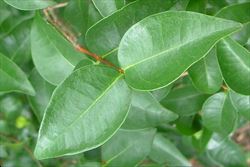
close-up of leaves (Photo: Sheldon Navie)
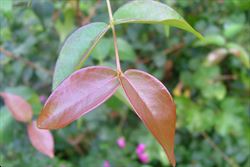
close-up of reddish-coloured new growth (Photo: Sheldon Navie)

flowers (Photo: Sheldon Navie)
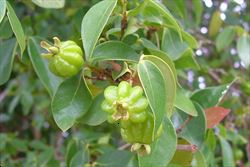
immature fruit (Photo: Sheldon Navie)
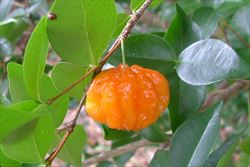
close-up of almost mature fruit (Photo: Sheldon Navie)
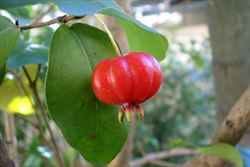
close-up of mature fruit (Photo: Sheldon Navie)
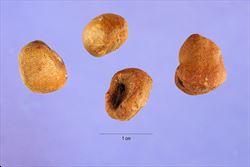
close-up of seeds (Photo: Steve Hurst at USDA PLANTS Database)
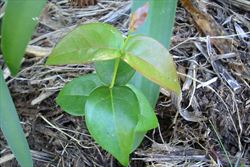
seedling (Photo: Sheldon Navie)
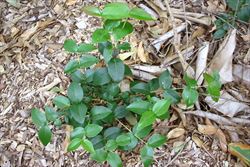
young plant (Photo: Sheldon Navie)
Scientific Name
Eugenia uniflora L.
Family
Myrtaceae
Common Names
Barbados cherry, Brazil cherry, Brazilian cherry, Cayenne cherry, French cherry, pitanga, pitanga cherry, red Brazil cherry, Surinam cherry
Origin
Native to tropical South America (i.e. Brazil, Paraguay, Uruguay and northern Argentina).
Naturalised Distribution
This species is widely naturalised in the warmer coastal districts of eastern Australia. It is most common in south-eastern Queensland, but is becoming more common in the coastal districts of central and northern Queensland and the coastal districts of northern New South Wales. Also naturalised on Lord Howe Island and Norfolk Island.
Naturalised overseas in southern Africa, La Réunion, south-eastern USA (i.e. Florida), the Caribbean, Indonesia, Papua New Guinea and on several Pacific islands (i.e. American Samoa, New Caledonia, the Cook Islands, Fiji, Niue and Hawaii).
Notes
Brazilian cherry (Eugenia uniflora) is regarded as a relatively important environmental weed in south-eastern Queensland, where it appears on the list of the top 200 environmental weeds. It is also regarded as an environmental weed or potential environmental weed in northern New South Wales and is naturalising in various places in northern Queensland.
This introduced garden plant (i.e. ornamental) has escaped cultivation and is readily dispersed into natural areas by fruit-eating (i.e. frugivorous) birds. It is becoming a weed of rainforests, open woodlands, forest margins, urban bushland, gardens, roadsides and riparian vegetation. Brazilian cherry (Eugenia uniflora) can form dense thickets that replace native species, reduce the amount of light that reaches the forest floor, and change the micro-environment of invaded habitats.

